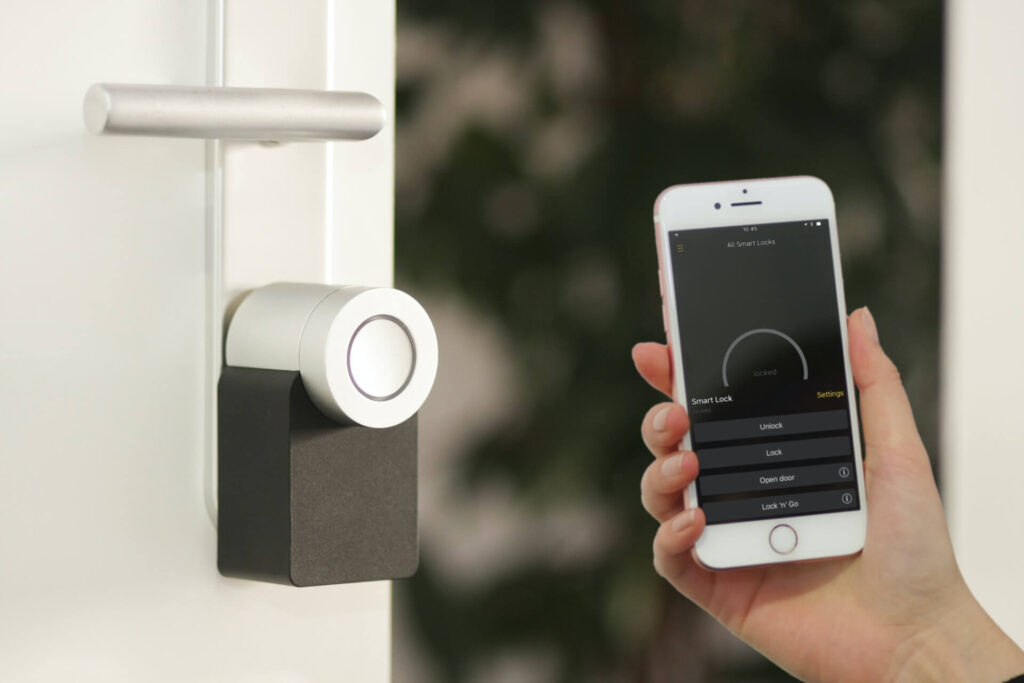1. Understanding Smart Home Systems:
- Define what a smart home system is:
Start by explaining that a smart home system refers to a network of devices and sensors within a home that can communicate and be controlled remotely. These devices are typically connected to a central hub or through a Wi-Fi network.

- Explain the basic components:
Describe the fundamental components of a smart home system, which include sensors (like motion sensors or door/window sensors), controllers (such as a smart speaker or a smartphone app), and various connected devices (examples include smart thermostats, smart lights, and smart locks).
- Mention the types of devices:
Provide examples of devices that can be part of a smart home system. These can range from lighting and climate control (thermostats) to security and surveillance (cameras and doorbells) to entertainment (smart TVs and speakers).
2. Setting Up Your Smart Home:
- Discuss the initial steps:
Start by guiding readers through the preliminary steps when setting up a smart home system. This could include assessing their existing Wi-Fi network, checking device compatibility, and creating a plan for the installation.
- Explain the importance of a reliable Wi-Fi network:
Emphasize that a robust and secure Wi-Fi network is the backbone of a smart home. Without it, devices may not function properly, leading to frustration and inefficiency.
- Provide tips for choosing compatible devices:
Offer practical advice on how to choose devices that work well together. For instance, if someone wants to use a voice assistant, ensure they choose devices that are compatible with that assistant (e.g., Amazon Alexa, Google Assistant).

3. Voice Assistants and Control:
- Introduce voice assistants:
Explain what voice assistants are (e.g., Amazon Alexa, Google Assistant, Apple Siri) and how they can be integrated into a smart home system. Voice assistants allow users to control devices and issue commands using their voice.
- Describe how voice commands simplify control:
Detail how voice commands can make daily tasks more convenient. For example, users can ask their voice assistant to turn off lights, adjust the thermostat, or play music, all without needing to touch a device.
- Highlight the convenience:
Stress that voice control adds a layer of convenience to a smart home by reducing the need for physical interaction with devices, making the home more accessible to everyone.
4. Energy Efficiency and Savings:
- Discuss energy savings:
Explain how smart home systems can lead to energy savings. For instance, smart thermostats can learn a user’s schedule and adjust the temperature accordingly, resulting in reduced energy consumption and lower utility bills.
- Mention energy-saving features:
Highlight specific features of smart devices that contribute to energy efficiency, such as the ability to set schedules, monitor energy usage, and remotely control devices to prevent unnecessary energy waste.
- Provide real-world examples:
Share actual examples or statistics showcasing energy savings achieved by real users through the implementation of smart home technology. This makes the benefits more tangible.

5. Home Security and Surveillance:
- Enhance home security:
Explain how smart home systems can bolster home security. Devices like smart locks, security cameras, and motion sensors offer added protection by allowing homeowners to monitor and secure their property remotely.
- Role of smart devices:
Describe how each type of security device functions. For example, smart locks can be remotely controlled, security cameras provide real-time video feeds, and motion sensors trigger alerts when unusual activity is detected.
- Tips for integration:
Offer advice on how to integrate security devices effectively to create a comprehensive security system. For instance, how to position cameras for optimal coverage and link them to a central security hub or smartphone app.
6. Entertainment and Comfort:
- Enhance entertainment options:
Explain how smart home systems can improve entertainment experiences. Smart TVs, audio systems, and streaming services can be integrated for seamless, user-friendly entertainment.
- Integration of devices:
Describe how these entertainment devices can be connected and controlled through a single interface, such as a smartphone app or voice assistant, providing convenience and personalization.
- Create a comfortable atmosphere:
Discuss how smart home technology can be used to control lighting, temperature, and even ambiance, allowing users to create a comfortable and inviting living space tailored to their preferences.

7. Automation and Customization:
- Highlight automation:
Explain the concept of automation in smart homes. This means that devices can operate automatically based on preset conditions or schedules, reducing the need for manual adjustments.
- Set up routines and schedules:
Show readers how they can create routines and schedules for their smart devices. For example, lights can automatically dim in the evening, and the thermostat can adjust itself at bedtime.
- Emphasize customization:
Stress that one of the great benefits of a smart home system is its flexibility. Users can customize automation to suit their unique needs and preferences, making their homes work for them.
8. Privacy and Security Concerns:
- Address common concerns:
Acknowledge that some people may have concerns about privacy and data security in smart homes. Discuss common worries, such as the potential for hacking or unauthorized access to devices.
- Tips for securing the network:
Provide practical tips for securing a smart home network, like using strong, unique passwords, enabling two-factor authentication, and regularly updating firmware and software.
- Manufacturer and user responsibilities:
Explain that both device manufacturers and users have a role to play in maintaining privacy. Manufacturers must prioritize security in their products, while users should follow best practices to safeguard their data.
9. Troubleshooting and Maintenance:
- Guide on troubleshooting:
Offer guidance on identifying and resolving common issues that users may encounter with their smart home devices. Include step-by-step troubleshooting tips and solutions.
- Importance of updates:
Stress the importance of keeping firmware and software updated for all connected devices. Outdated software can be vulnerable to security threats and may not function optimally.
- Support resources:
Direct readers to resources such as manufacturer websites, user manuals, and customer support channels where they can find additional help if needed.

10. Future Trends and Innovations:
- Glimpse of emerging trends:
Provide a sneak peek into the future of smart home technology. Mention exciting developments like artificial intelligence-driven automation, sustainable and eco-friendly devices, and the integration of 5G technology.
- Encourage staying informed:
Encourage readers to stay informed about these evolving trends and consider how they might incorporate new technologies into their smart homes as they become available.
Conclusion:
- Summarize key takeaways:
Reiterate the main points discussed in the blog post, emphasizing the benefits and possibilities of a smart home system.
- Highlight the advantages:Remind readers why adopting a smart home system can enhance their quality of life, making tasks easier and more efficient.
- Encourage exploration:
Urge readers to explore the world of smart home technology and start their journey toward a smarter, more connected home.
Most Related Post : Organize Your Smart Devices with roku smart home app



